Deck & Commander Strategies
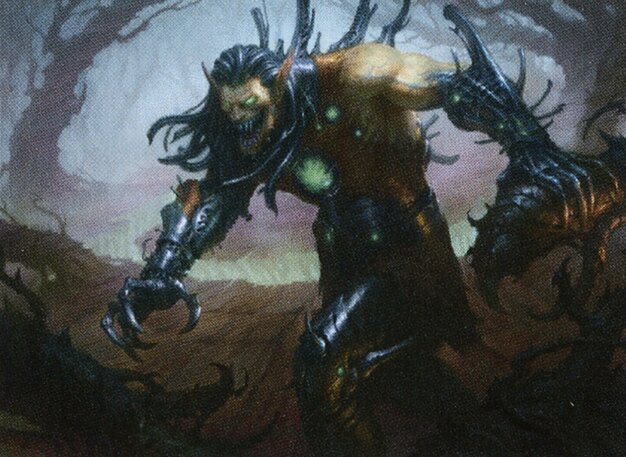
Ezuri, Claw of Progress
Builds experience counters by casting creatures, then uses those counters to grow elves and generate tokens, supported by equipment and ramp to overwhelm opponents.
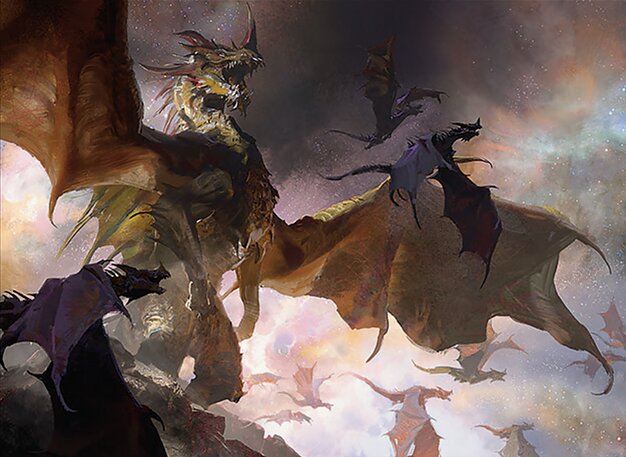
The Ur-Dragon
Leverages powerful dragons and synergy cards like Conspiracy to flood the board with dragons, aiming for big board presence and devastating attacks.
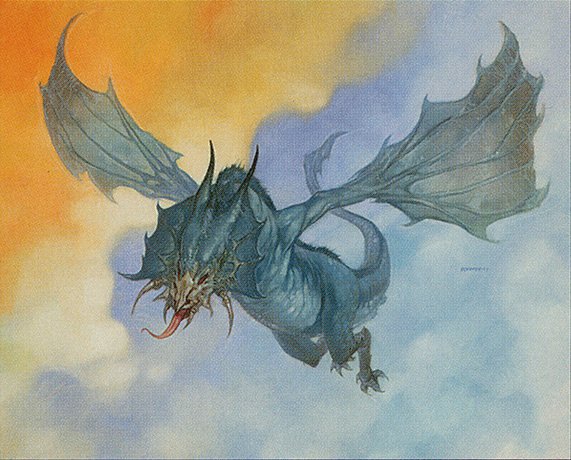
Dromar, the Banisher
Focuses on control through removal and board wipes, using life gain and defensive creatures to stabilize while gradually deploying threats.
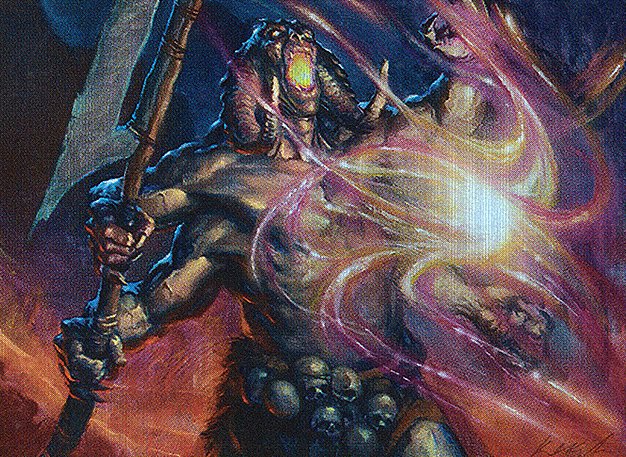
Yidris, Maelstrom Wielder
Uses cascade and copying effects to generate card advantage and steal or replicate key creatures, maintaining pressure with efficient spells and board manipulation.
Gameplay Insights
- 1
Matt prioritized protecting key creatures with equipment and used evolve triggers to maximize growth on his board.
- 2
Mike’s timely Hallowed Burial reset the board, forcing opponents to rebuild and altering the game state significantly.
- 3
Trevor’s use of cloning and stealing spells allowed him to maintain board presence despite heavy interaction from opponents.
- 4
The game featured multiple combat phases with players leveraging token generation and trample damage to apply pressure while managing blockers.
- 5
Players used scry and card draw carefully to maintain hand advantage and find crucial pieces at the right moment.
- 6
The synergy between Conspiracy naming dragons and The Ur-Dragon’s tribal support was a core theme in Shawn’s deck strategy.
- 7
Life gain and token generation were key defensive tools to survive board wipes and aggressive attacks.
Notable Cards
-
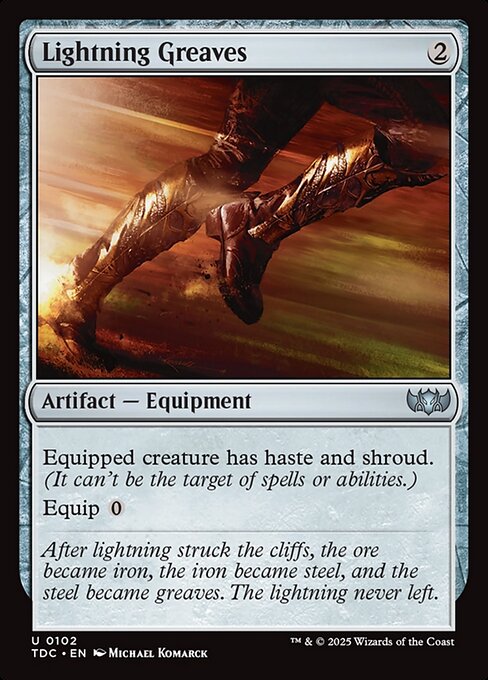
Lightning Greaves
-
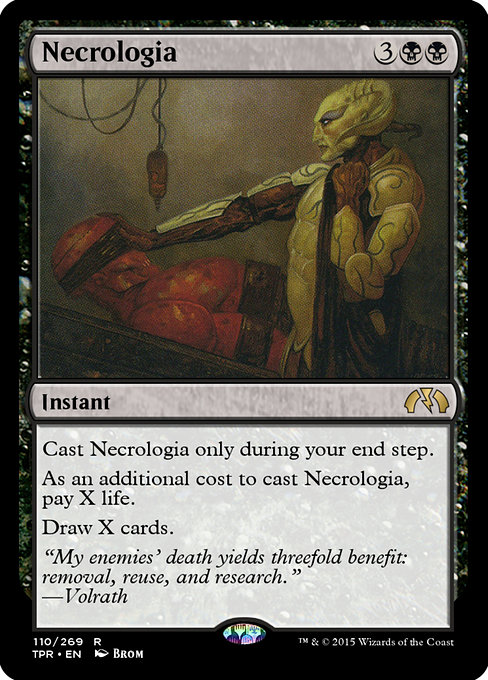
Necrologia
-
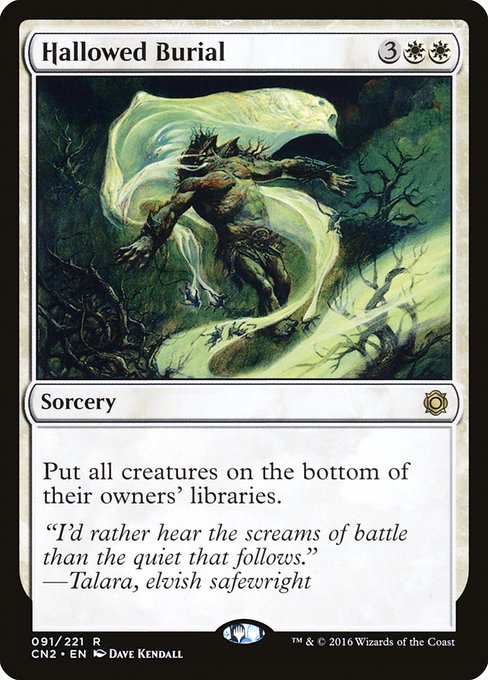
Hallowed Burial
-
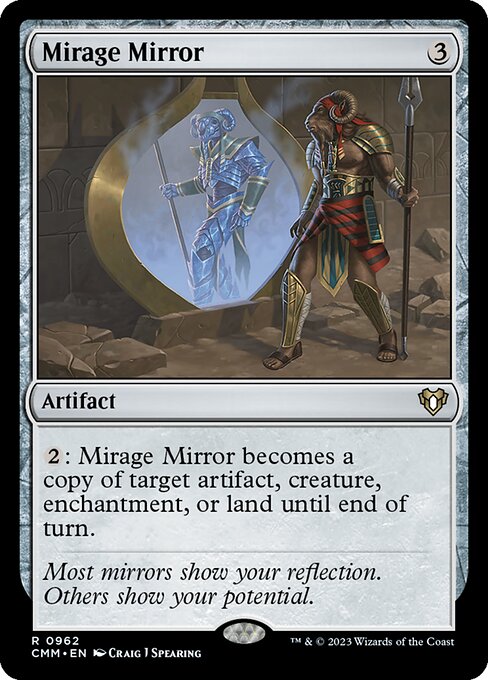
Mirage Mirror
-
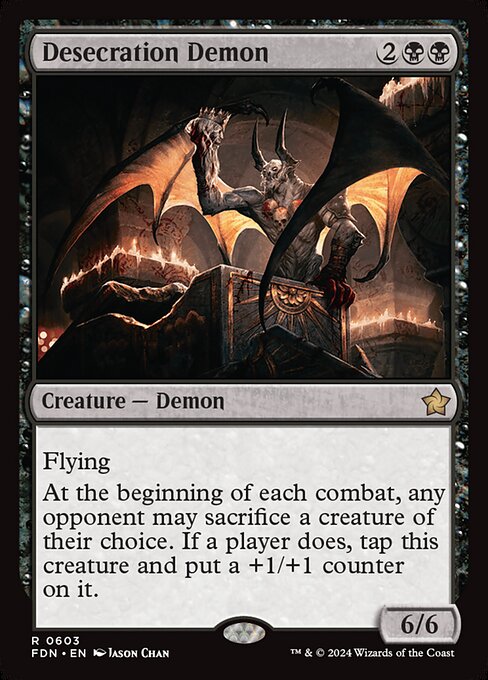
Desecration Demon
-
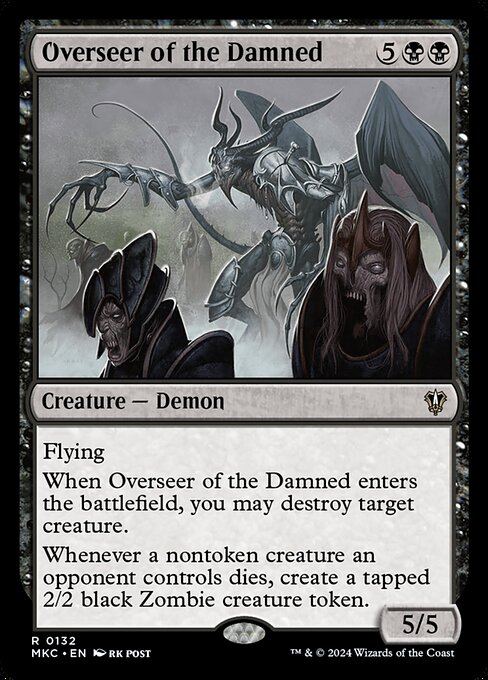
Overseer of the Damned
-
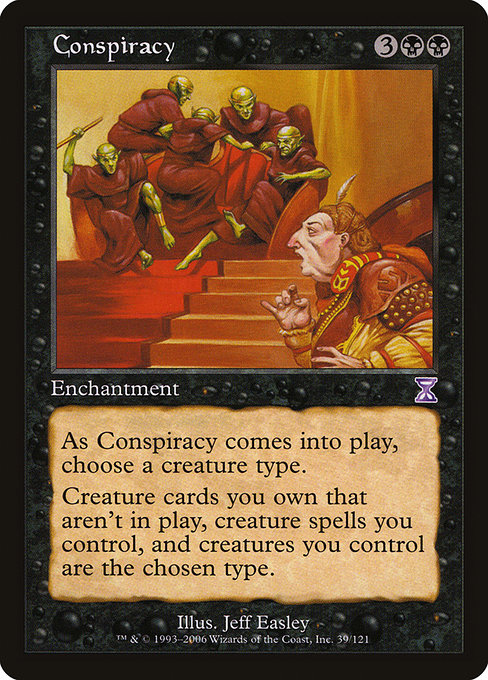
Conspiracy
-

Elemental Bond
-
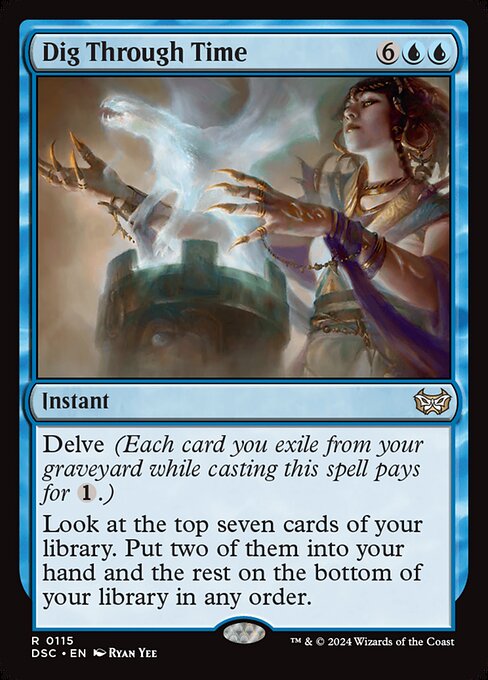
Dig Through Time
-
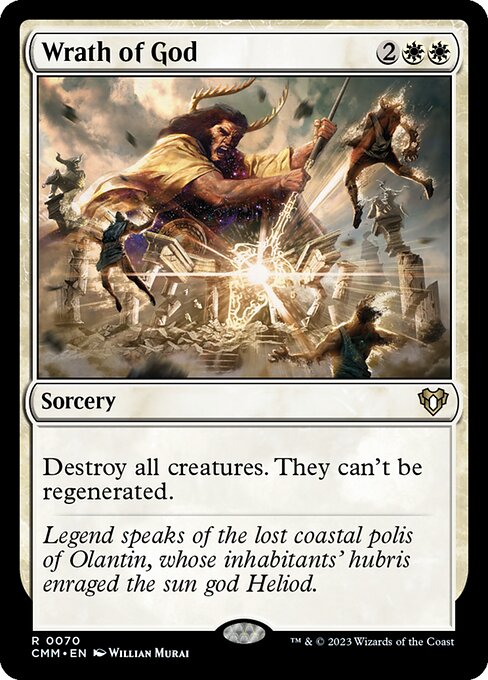
Wrath of God
Gameplay Summary
The game opened with a typical mana ramp and setup phase among the six players, each piloting their respective decks built around their commanders: Ezuri, Claw of Progress; The Ur-Dragon; Dromar, the Banisher; and Yidris, Maelstrom Wielder.
Early turns were focused on land drops, card draw, and setting up board presence through creatures and utility artifacts.
Matt's Ezuri deck steadily built experience counters and generated tokens, using creatures like Guyer Sage and Elvish Promenade to gain board advantage, while protecting his key creatures with equipment such as Lightning Greaves.
Trevor's Yidris deck leveraged powerful spells like Necrologia for card draw and used cloning and stealing effects to manipulate the board, while Mike's Dromar deck employed removal and board wipes to control the game state. A notable turning point occurred when Mike cast Hallowed Burial, wiping the board and forcing players to reconsider their strategies.
Matt responded by bouncing back key creatures and continuing to build his board with token generation and counters.
Trevor utilized card advantage spells like Dig Through Time and Mirage Mirror to maintain pressure, while Mike maintained a steady stream of zombies and threats with cards like Desecration Demon and Overseer of the Damned.
The game featured heavy interaction, including counterspells, heroic intervention, and stealthy plays like Bladethievery targeting key creatures, which kept the board dynamic and shifting. The game continued with players jockeying for position, managing threats, and building towards their win conditions.
Mike’s use of life gain and board wipes kept him alive, while Matt’s growing army of elves and counters posed a constant threat.
Trevor’s ability to copy and steal creatures maintained his board presence, and Shawn’s Ur-Dragon deck aimed to leverage the power of dragons supported by Conspiracy naming dragons for synergy.
The gameplay was marked by careful timing of spells, combat steps with multiple combat phases, and strategic use of resources to outmaneuver opponents.
The match was a blend of aggressive creature strategies, control elements, and combo potential from card interactions, highlighting the diversity and depth typical of Commander games.
















![Commander VS S7E3: Jenara vs Brago vs Dromar vs Mirko Vosk [MTG] thumbnail](https://i.ytimg.com/vi/MqPViviZW8Q/sddefault.jpg)




















